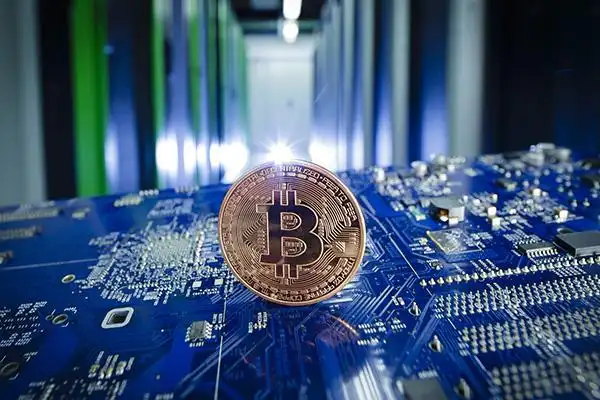Wind Energy Bitcoin Mining: A Viable and Sustainable Option
In an era where environmental concerns intertwine with technological advancements, the fusion of wind energy and Bitcoin mining emerges as a beacon of sustainability. Bitcoin mining, an energy-intensive process, involves validating transactions and securing the blockchain network through complex computational puzzles. Traditionally, this operation relies heavily on fossil fuels, raising alarm about its carbon footprint. However, harnessing wind energy to power mining rigs offers a promising alternative, blending renewable resources with the digital gold rush.
Wind energy, derived from the kinetic force of air movement, has matured into one of the cheapest and cleanest power sources globally. Its scalability and availability in many regions align well with the demands of mining farms. Unlike solar, which is contingent on daylight hours, wind often blows consistently even at night, ensuring miners run their rigs uninterrupted—a crucial factor since Bitcoin mining’s profitability hinges on continuous operation. By integrating wind turbines with mining infrastructure, operators can mitigate energy costs while complying with growing regulatory pressures targeting sustainability.

The deployment of wind-powered mining farms is redefining the economics of cryptocurrencies like BTC and ETH. Miners equipped with advanced ASIC machines and Ethereum-compatible rigs can capitalize on near-zero marginal costs in electricity. This paradigm shift reduces reliance on centralized power grids and fossil fuel subsidies, fostering decentralized energy production. It’s a dual win: supporting blockchain security and shrinking the ecological footprint. Furthermore, mining rigs stationed in windy locales can benefit from grid independence, thereby circumventing frequent outages that plague some regions.
Settings that combine wind power with mining machine hosting have swiftly gained traction. Hosting services—where miners rent out physical space, power, and cooling solutions—are increasingly turning to green energy sources, positioning themselves as environmentally responsible partners. Clients value transparency and carbon-neutral credentials, enabling hosting providers to command premium fees. As cryptocurrencies diversify, from Bitcoin to Dogecoin and Ethereum, mining services tailored to these assets become more specialized, with wind energy powering the evolution.
Notably, the volatility of crypto markets accentuates the value of energy cost savings. When prices dip, miners with exorbitant electricity bills face shutdowns, whereas those leveraging wind energy enjoy resilience. This stability encourages investment in sophisticated miners that chew up electricity but deliver unmatched hash rates. Innovations in mining rig efficiency—spanning improved cooling methods to hardware optimization—complement renewable-powered setups, further enhancing profitability. The synergy between green energy and cutting-edge mining hardware might well be the defining narrative for the next wave of crypto mining.

Exchanges and the broader crypto ecosystem are also attuned to the rise of sustainable mining practices. Market participants increasingly scrutinize the environmental impact of cryptocurrencies. Some exchanges have introduced ‘green coins’ or sustainability ratings to encourage responsible mining and trading. Consequently, miners adopting wind energy infrastructures find themselves better positioned in these evolving markets. Moreover, institutional investors show heightened interest in crypto ventures with green credentials, pushing demand for wind-powered mining farms.
Despite the promise, challenges remain. The intermittency of wind necessitates hybrid systems or energy storage solutions to maintain stable mining operations. Advances in battery technologies and smart grid integrations are instrumental in addressing these issues. Additionally, the geographic concentration of prime wind sites can lead to localized regulatory and logistical hurdles. However, the relentless innovation within the mining community and renewable energy sectors suggests these obstacles are surmountable.
In conclusion, wind energy Bitcoin mining not only aligns with global sustainability goals but also revitalizes the economic landscape of cryptocurrency mining. It builds resilience against fluctuating energy prices, enhances corporate and social responsibility, and propels technological innovation. As wind turbines spin alongside arrays of miners, they symbolize a future where crypto’s digital assets are forged by the clean, invisible power of the wind—a sustainable partnership charting the course for the next generation of blockchain technology.
One Response
Harnessing wind energy for Bitcoin mining cleverly marries green power with crypto’s hunger, slashing emissions while boosting viability. Yet, fluctuating winds and high setup costs pose risks—could this sustainable dream weather the storm?